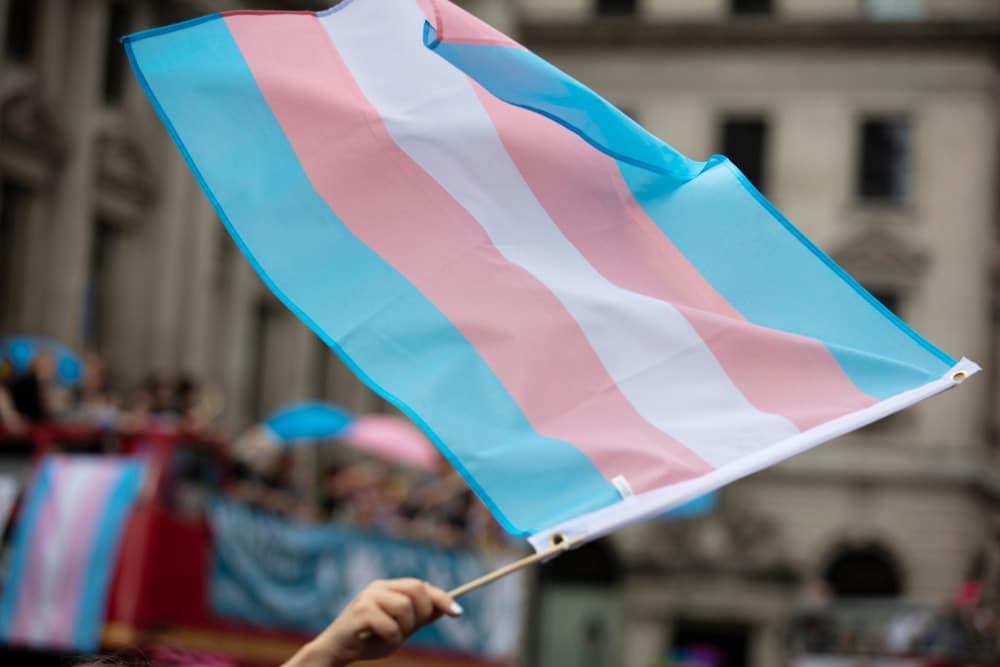Trump Administration Moves Forward with Military Ban on Transgender Individuals
Former President Donald Trump has recently begun following through on several promises he made during his campaign. One of the most controversial is his renewed effort to ban transgender individuals from serving in the U.S. military.
The policy, introduced shortly after Trump took office as the 47th President of the United States, is officially titled “Prioritizing Military Excellence and Readiness.” The executive order prohibits transgender individuals from enlisting and calls for the removal of currently serving transgender service members.

The announcement sparked widespread backlash. Civil rights groups and LGBTQ advocates strongly opposed the measure, calling it discriminatory and harmful to both individuals and military cohesion.
Two leading LGBTQ legal organizations—LGBTQ Legal Advocates & Defenders and the National Center for Lesbian Rights—filed a lawsuit challenging the executive order. In March, U.S. District Judge Ana Reyes in Washington, D.C., temporarily blocked its enforcement.
But on May 6, 2025, the U.S. Supreme Court ruled in favor of the Trump administration, allowing the policy to take effect while litigation continues. The decision has further inflamed debate across the country.
The executive order claims that military standards are being weakened to accommodate “political agendas or other ideologies,” and that recognizing gender identities that differ from a person’s biological sex is incompatible with the discipline and integrity expected in military service.
The lawsuit was brought on behalf of six active-duty transgender service members and two individuals who had hoped to enlist. It argues that the ban is not based on legitimate military concerns but rather on prejudice, stating it “reflects animosity toward transgender people because of their transgender status.”
The case remains active, and legal experts expect further challenges in lower courts despite the current Supreme Court ruling.
Trump’s Transgender Military Ban Temporarily Upheld by Supreme Court, Despite Ongoing Legal Challenges
In March, U.S. District Judge Ana Reyes of Washington, D.C., blocked former President Donald Trump’s executive order banning transgender individuals from serving in the military. The judge argued that the order violated the Constitution’s equal protection clause by discriminating based on sex and transgender status.
Judge Reyes called the language in the order “unabashedly demeaning,” stating that the policy “stigmatizes transgender persons as inherently unfit” for military service and that its “conclusions bear no relation to fact.” She wrote that the government had other options, suggesting it was possible to design a policy that balanced military readiness with the constitutional right to equal protection.
“But the Military Ban,” she wrote, “is not that policy. The Court therefore must act to uphold the equal protection rights that the military defends every day.”
Despite that ruling, on May 6, 2025, the U.S. Supreme Court issued an unsigned order allowing the Trump administration’s ban to take effect while legal proceedings continue. The Court did not explain its reasoning, though the three liberal justices—Justices Sotomayor, Kagan, and Jackson—publicly dissented.
Human rights groups condemned the decision.
In a joint statement, Lambda Legal and the Human Rights Campaign Foundation said, “By allowing this discriminatory ban to take effect while our challenge continues, the Court has temporarily sanctioned a policy that has nothing to do with military readiness and everything to do with prejudice.”
They added: “Transgender individuals meet the same standards and demonstrate the same values as all who serve. We remain steadfast in our belief that this ban violates constitutional guarantees of equal protection and will ultimately be struck down.”
As the case moves forward, civil rights advocates and legal experts continue to argue that banning transgender Americans from military service undermines both equality and the values the armed forces are sworn to protect.